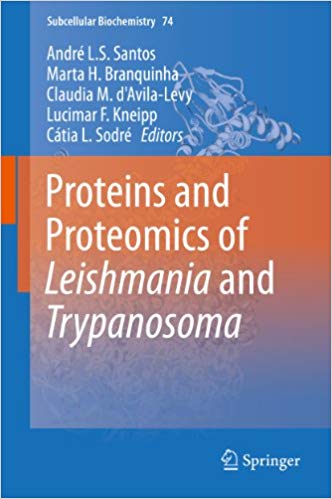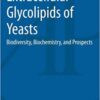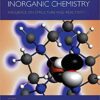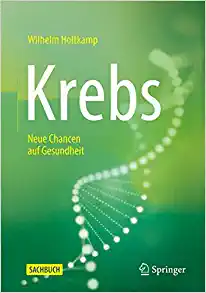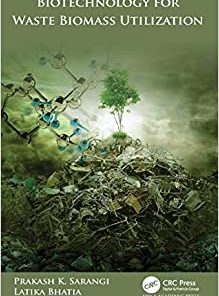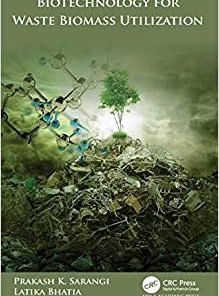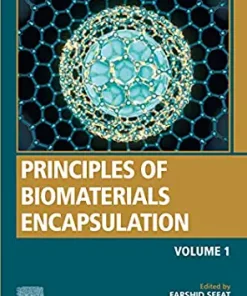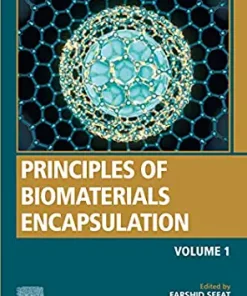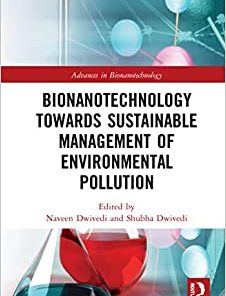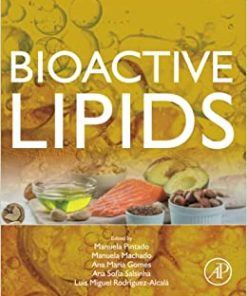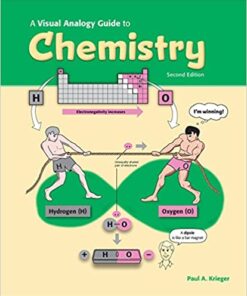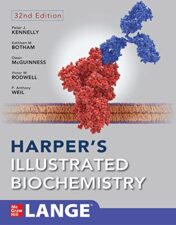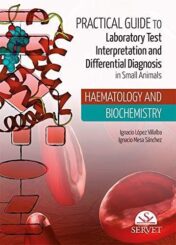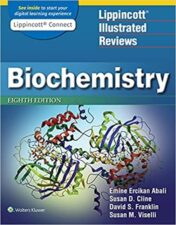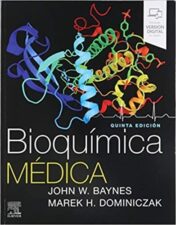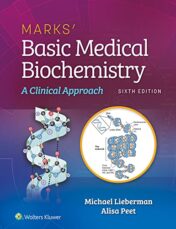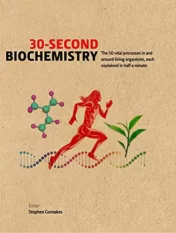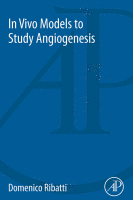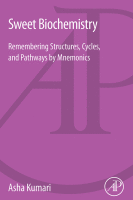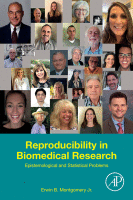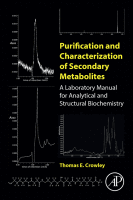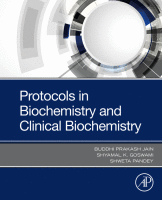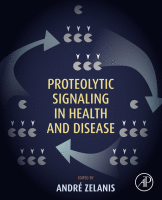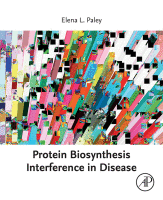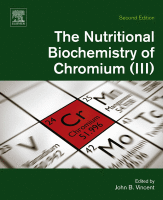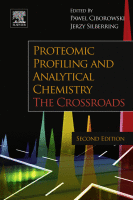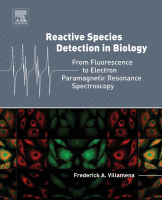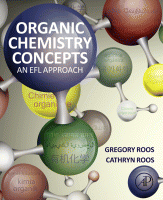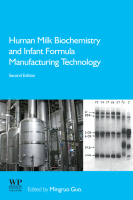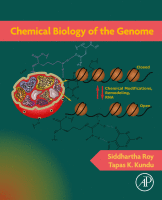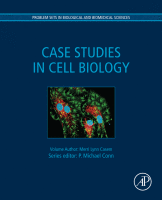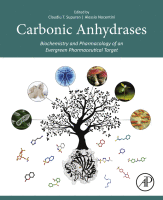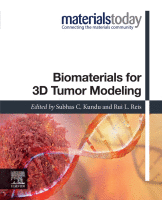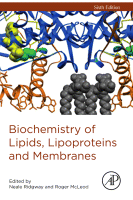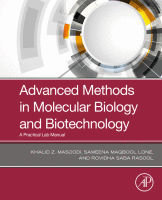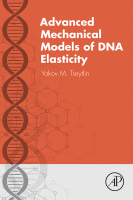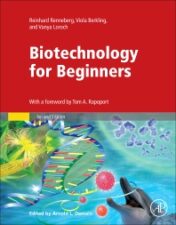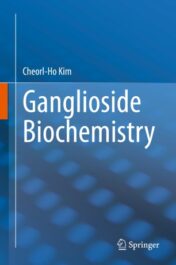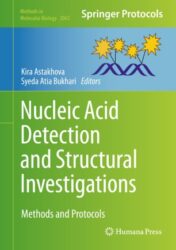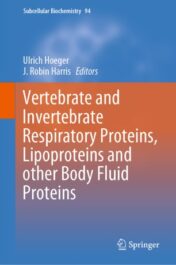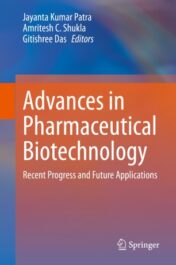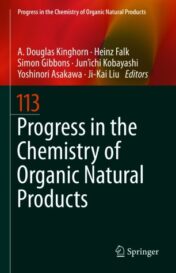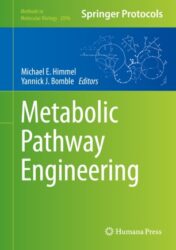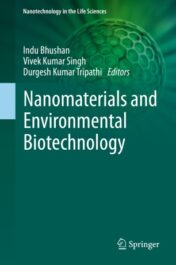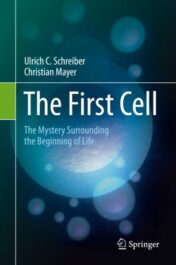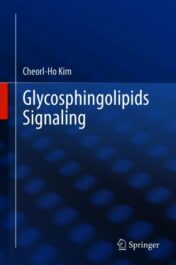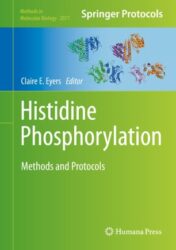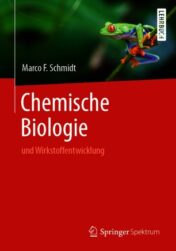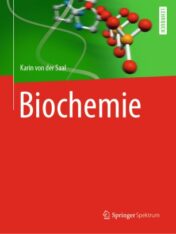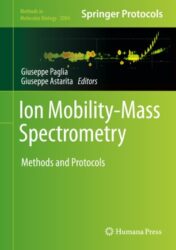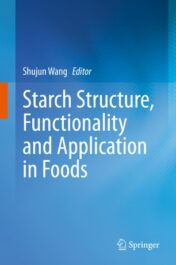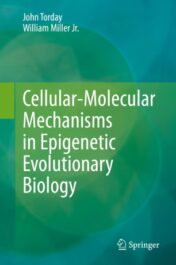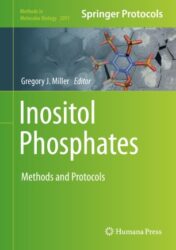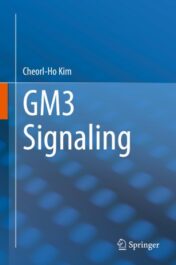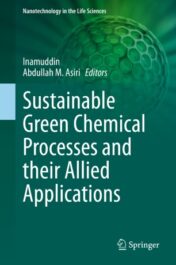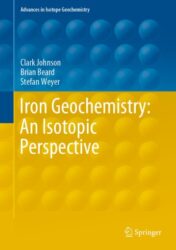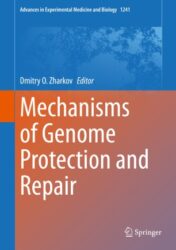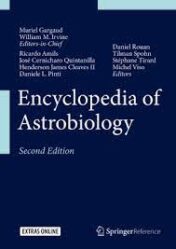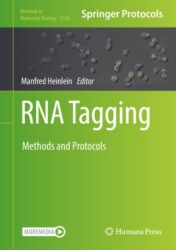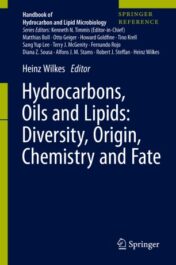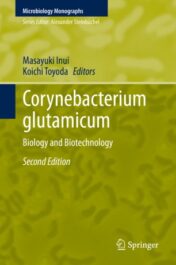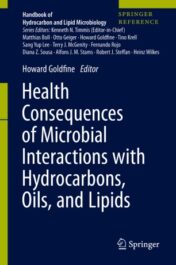- Print Length: 392 pages
- Publisher: Springer; 2014 edition (November 22, 2013)
- Publication Date: November 22, 2013
- Language: English
- Type : PDF
Note : We will send ebook download link after confirmation of payment via paypal success
Payment methods: Visa or master card (Paypal)
Proteins and Proteomics of Leishmania and Trypanosoma (Subcellular Biochemistry Book 74) 2014 Edition
$15
by André L.S. Santos
Proteins and Proteomics of Leishmania and Trypanosoma (Subcellular Biochemistry Book 74) 2014 Edition
by André L.S. Santos
This book contains a collection of critical reviews on the expression of biologically functional proteins inLeishmania and Trypanosoma, which was written by renowned researchers on this field. Species belonging to these trypanosomatids’ genera are etiological agents of leishmaniasis, Chagas’ disease and sleeping sickness that are extremely debilitating human infection diseases, which remain a major health problem especially in countries from Latin America, Africa and Middle East. Substantiating the problem, the currently accepted drugs for these diseases are quiet unsatisfying due to their low efficacy and high toxicity. In order to solve these real problems, several research groups around the world have become involved in the study and identification of novel potential targets in the trypanosomatid cell. Since proteins are key macromolecules involved in crucial metabolic processes of all living cells, studies have focused on the expression of specific proteins produced by Leishmania and Trypanosoma by means of different biochemical, molecular and proteomic approaches in order to explore them as targets for understanding the parasite life cycle and developing new strategies against trypanosomiasis. With these proposals in mind, the book “Proteins and Proteomics of Leishmania and Trypanosoma” encompasses (i) an integrated view about the biochemistry of parasites belonging to the Leishmania and Trypanosoma genera; (ii) an updated review on the expression of biologically relevant proteins by human pathogenic trypanosomatids and their possible role in the interaction with host cells/molecules as well as a target for development of both alternative chemotherapies and vaccine; and (iii) several pictures, diagrams and tables that can be used to illustrate both undergraduate and postgraduate teaching as well as scientific lectures, being a useful resource for students and researchers.
Product details
Related Products
Biochemistry Books
Krebs: Neue Chancen auf Gesundheit, 2. Aufl Edition (German Edition) (EPUB)
Biochemistry Books
Biotechnology for Waste Biomass Utilization (Original PDF from Publisher)
Biochemistry Books
Biochemistry Books
Biochemistry Books
Marine Biochemistry: Isolations and Techniques (Original PDF from Publisher)
Biochemistry Books
Biochemistry Books
Basic Sciences Books
A Visual Analogy Guide to Chemistry, 2nd Edition (Original PDF from Publisher)
Biochemistry Books
Harper’s Illustrated Biochemistry, Thirty-Second Edition 2022 Original PDF
Biochemistry Books
Biochemistry Books
Biochemistry Books
Biochemistry Books
Essentials of Medical Biochemistry: With Clinical Cases, 3rd Edition 2022 Original PDF
Biochemistry Books
Lippincott Illustrated Reviews: Biochemistry, 8th Edition 2021 EPUB & converted pdf
Biochemistry Books
Bioquímica médica, 5ª ed (Spanish Edition) 2019 EPUB + Converted PDF
Biochemistry Books
Biochemistry Books
Biochemistry Books
Biochemistry Books
Biochemistry Books
Biochemistry Books
Protocols in Biochemistry and Clinical Biochemistry 2020 Original pdf
Biochemistry Books
Proteolytic Signaling in Health and Disease 2021 Original pdf
Biochemistry Books
Protein Biosynthesis Interference in Disease 2021 Original pdf
Biochemistry Books
Biochemistry Books
Biochemistry Books
Overflow Metabolism From Yeast to Marathon Runners 2018 Original pdf
Biochemistry Books
The Nutritional Biochemistry of Chromium (III) 2019 Original pdf
Biochemistry Books
Biochemistry Books
Biochemistry Books
Introductory Experiments on Biomolecules and their Interactions 2016 Original pdf
Biochemistry Books
Hormone Metabolism and Signaling in Plants 2017 Original pdf
Biochemistry Books
Herbal Biomolecules in Healthcare Applications 2021 Original pdf
Biochemistry Books
GPCRs Structure, Function, and Drug Discovery 2020 Original pdf
Biochemistry Books
Exercise, Sport, and Bioanalytical Chemistry Principles and Practice 2016 Original pdf
Biochemistry Books
Clinical Bioenergetics From Pathophysiology to Clinical Translation 2020 Original pdf
Biochemistry Books
Human Milk Biochemistry and Infant Formula Manufacturing Technology 2020 Original pdf
Biochemistry Books
Biochemistry Books
Biochemistry of Lipids, Lipoproteins and Membranes 2015 Original pdf
Biochemistry Books
Biochemistry Books
Advanced Mechanical Models of DNA Elasticity 2016 Original pdf
Biochemistry Books
Biochemistry Books
Biochemistry Books
Mechanisms of Gene Regulation: How Science Works 2020 Original pdf
Biochemistry Books
Progress in the Chemistry of Organic Natural Products 113 2020 Original pdf
Biochemistry Books
Biochemistry Books
Nanomaterials and Environmental Biotechnology 2020 Original pdf
Biochemistry Books
Biochemistry Books
Histidine Phosphorylation Methods and Protocols 2020 Original pdf
Biochemistry Books
Chemische Biologie und Wirkstoffentwicklung 2020 Original pdf
Biochemistry Books
Biochemistry Books
Ion Mobility-Mass Spectrometry Methods and Protocols 2020 Original pdf
Biochemistry Books
Starch Structure, Functionality and Application in Foods 2020 Original pdf
Biochemistry Books
Biochemistry Books
Cellular-Molecular Mechanisms in Epigenetic Evolutionary Biology 2020 Original pdf
Biochemistry Books
Biochemistry Books
Biochemistry Books
Sustainable Green Chemical Processes and their Allied Applications 2020 Original pdf
Biochemistry Books
Biochemistry Books
Iron Geochemistry: An Isotopic Perspective 2020 Original pdf
Biochemistry Books
Mechanisms of Genome Protection and Repair 2020 Original pdf
Biochemistry Books
Biochemistry Books
Biochemistry Books
Hydrocarbons, Oils and Lipids: Diversity, Origin, Chemistry and Fate 2020 Original pdf
Biochemistry Books
Corynebacterium glutamicum Biology and Biotechnology 2020 Original pdf

